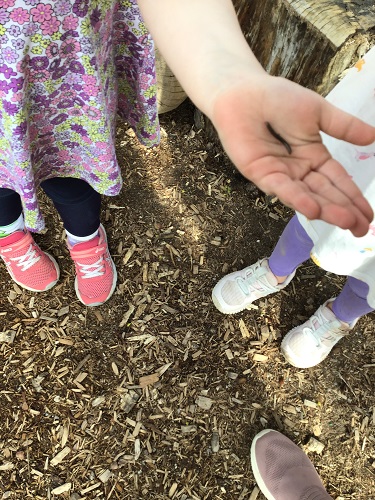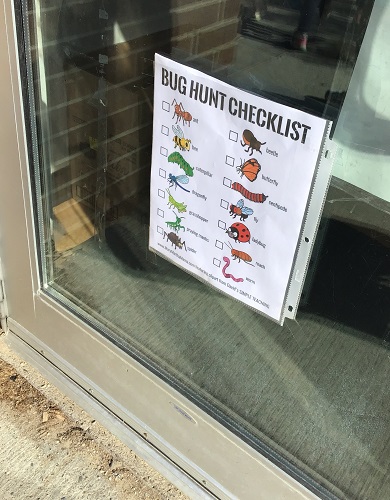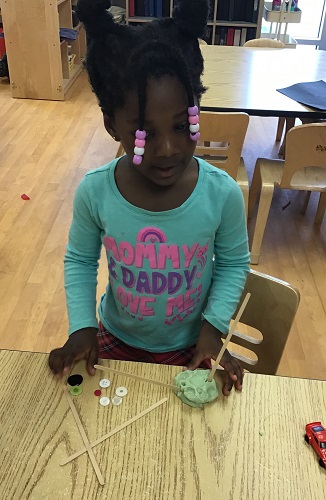While outdoors, preschoolers displayed a high level of curiosity as they searched for bugs under logs and stumps. They enthusiastically dug around to find worms, touched them, and even attempted to communicate with them.
Their eagerness to explore, interact with, and learn about the world around them is a natural part of their development. By engaging in activities like searching for bugs, touching them, and attempting to communicate with them, these children are not only satisfying their curiosity but also developing various skills such as socio emotional skills, and empathy towards living creatures.Exploring bugs that only came out in hot weather is a wonderful opportunity to teach children about the adaptations of insects to their environment. It opens up the discussion about how bugs regulate their body temperature and why they are more active in certain conditions.
Creating a bug hunt checklist adds an element of excitement and discovery to the activity. It gives preschoolers the clear goal to work towards and encourages them to be attentive to their surroundings as they search for different bugs. This activity also teaches them to classify different types of bugs.
Additionally, we searched into bug creation using play dough and various loose parts, providing them with different pictures as a reference. This activity sparked their curiosity, leading them to create their own bugs and fostering a sense of independence. When Quinn found the bug, she excitedly called everyone to create a home for the bug she found. She thought the bug will be hot under the sun so she immediately went over to grab the water and feed the bug. ‘Now the bug will not be thirsty anymore” Quinn exclaimed.
We integrated story-telling and explored more about bugs adventures using magnifying glass and walks to the neighbourhood.













